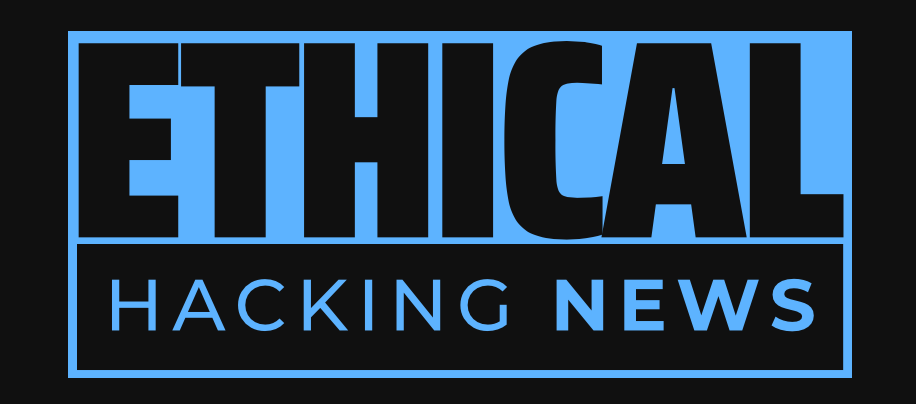Ethical Hacking News
The world of cybersecurity is plagued by a perpetual struggle to patch vulnerabilities before they're exploited by attackers. This article explores how modern patch management platforms like Action1 are addressing this challenge and providing a more effective approach to patching.
Learn how automation, continuous visibility, and policy-driven workflows can help IT and security teams prioritize risk, maintain compliance, and patch faster – without losing control.
Join the upcoming webinar, "Winning the 2026 vulnerability race: Closing the gap between detection and remediation," to discover new approaches to modern patch management and learn from organizations that have successfully implemented these strategies.
Register now for this live webinar and take the first step towards finally breaking the cycle of delay, complexity, and risk.
The struggle to patch vulnerabilities before they're exploited is a perpetual challenge in cybersecurity.Unpatched vulnerabilities continue to top the list of root causes in major security breaches.The outdated approach to patch management using legacy tools like Microsoft WSUS limits its effectiveness.Manual processes for patching are time-consuming and prone to errors.Modern patch management platforms like Action1 offer a promising approach with automation, continuous visibility, and policy-driven workflows.This approach provides real-time visibility into vulnerabilities, automates the patching process, and reduces risk.It supports modern hybrid environments and addresses the limitations of legacy tools.
The world of cybersecurity is plagued by a perpetual struggle to patch vulnerabilities before they're exploited by attackers. This cycle of delay, complexity, and risk has been perpetuated for years, leaving organizations vulnerable to breaches caused by well-known, fixable flaws. In this era of distributed, dynamic IT environments, the need for effective patch management has never been more pressing.
According to recent statistics, unpatched vulnerabilities continue to top the list of root causes in major security breaches. Despite the headlines, patching remains a persistent challenge for many organizations. The reasons for this are multifaceted and far-reaching.
One major issue is the outdated approach to patch management, which often relies on legacy tools like Microsoft WSUS. These systems have limitations that make it difficult to scale and maintain, leading to a lack of visibility into vulnerabilities and an inability to prioritize patches effectively. Furthermore, many organizations still rely on manual processes for patching, which can be time-consuming and prone to errors.
However, there is hope on the horizon. Modern patch management platforms like Action1 are being developed to address these limitations and provide a more effective approach to patching. By combining automation with continuous visibility and policy-driven workflows, Action1 helps teams prioritize risk, maintain compliance, and patch faster – without losing control.
This approach offers several key benefits. Firstly, it provides real-time visibility into vulnerabilities, allowing organizations to identify potential threats before they're exploited. Secondly, it enables policy-driven workflows that can automate the patching process, reducing the need for manual intervention and minimizing the risk of human error.
In addition, modern patch management platforms like Action1 support modern hybrid environments and address the limitations that made WSUS difficult to scale and maintain. This means that organizations can finally get ahead of the vulnerability curve, closing the gap between detection and remediation.
The upcoming webinar, "Winning the 2026 vulnerability race: Closing the gap between detection and remediation," will explore these issues in more depth. Hosted by BleepingComputer and SC Media, with Gene Moody, Field CTO at Action1, as co-host, the webinar will examine why patching remains a persistent challenge and what new approaches can break the cycle of delay, complexity, and risk.
Through practical advice and real-world examples, the webinar will cover several key topics, including how to prioritize patches by business impact, rather than just CVSS score. It will also explore why outdated patching practices persist – and how to break them. Furthermore, it will examine the role of visibility and automation in accelerating remediation and reducing risk.
Finally, the webinar will discuss what policy-driven, compliance-aware patching looks like in real environments. By sharing best practices and lessons learned from organizations that have successfully implemented modern patch management strategies, the webinar aims to empower IT and security teams with the knowledge they need to finally get ahead of the vulnerability curve.
In conclusion, the struggle to patch vulnerabilities before they're exploited is a complex problem that requires effective solutions. Modern patch management platforms like Action1 offer a promising approach, combining automation with continuous visibility and policy-driven workflows. By understanding the limitations of outdated approaches and exploring new strategies, organizations can finally break the cycle of delay, complexity, and risk – and get ahead of the vulnerability curve.
Related Information:
https://www.ethicalhackingnews.com/articles/The-Modern-Patch-Management-Conundrum-How-Automation-Can-Break-the-Cycle-of-Delay-Complexity-and-Risk-ehn.shtml
https://www.bleepingcomputer.com/news/security/webinar-modern-patch-management-strategies-to-patch-faster-with-less-risk/
Published: Tue Nov 11 08:31:51 2025 by llama3.2 3B Q4_K_M

